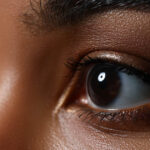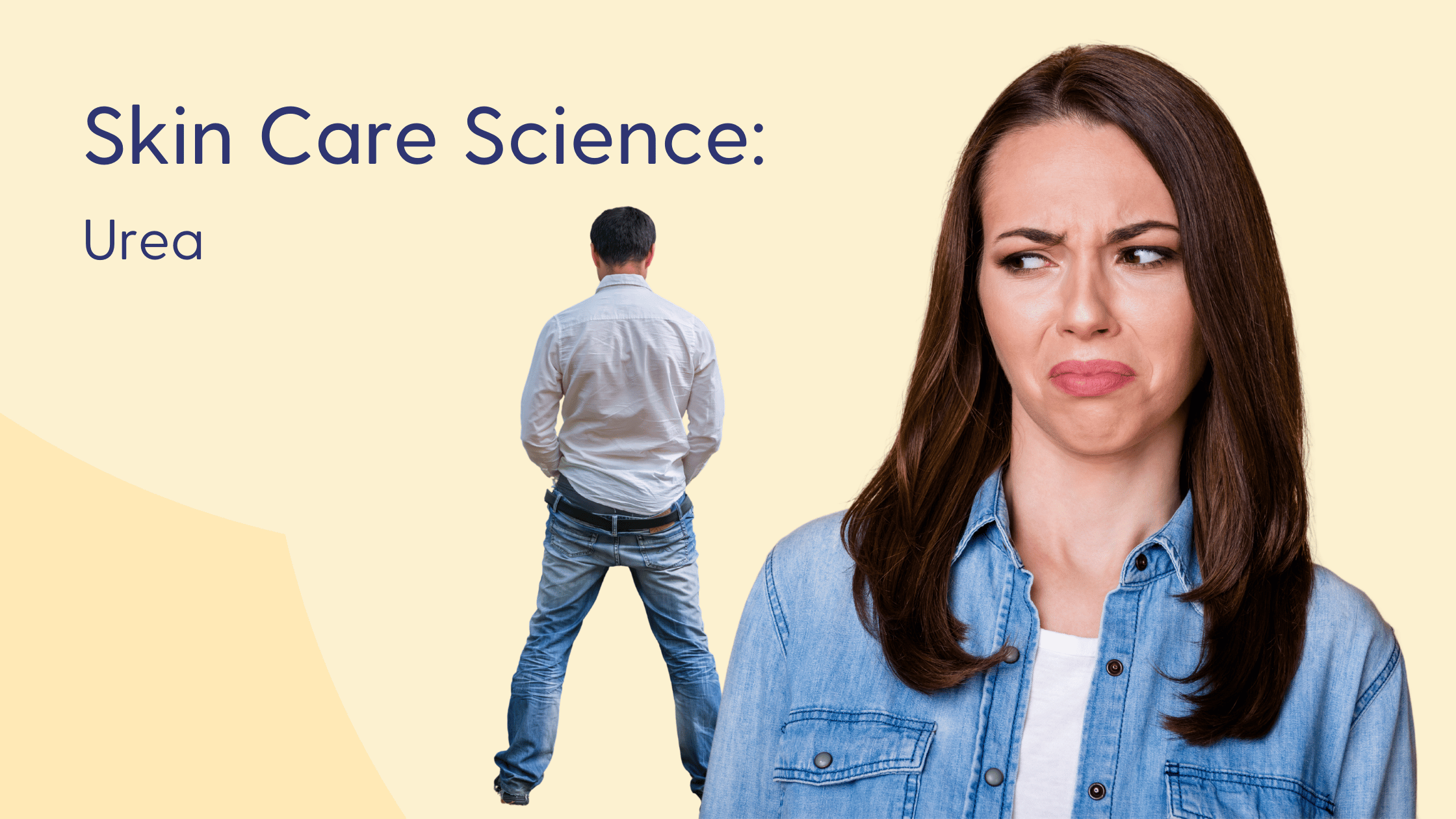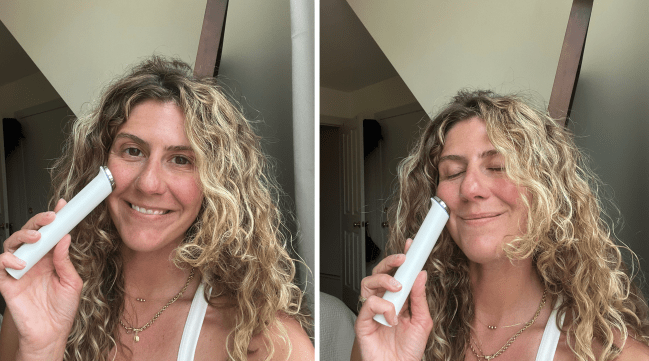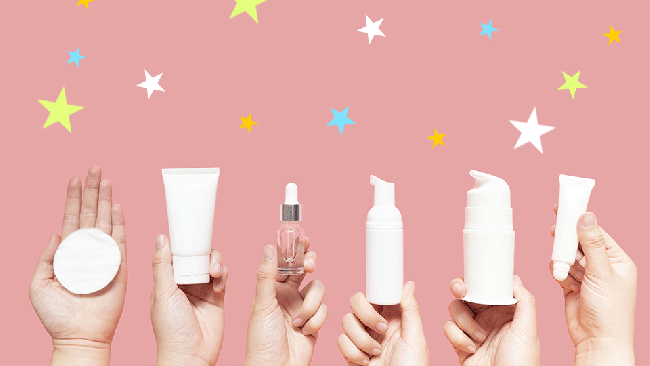🔄
Urea, also called carbamide, is an ingredient commonly found in many moisturizers and exfoliating products. A naturally occurring component of the natural moisturizing factor (NMF) in our skin, urea is particularly beneficial in skin care formulations aimed at relieving very dry or rough skin. Let’s take a look at the science behind what urea is and how it works in skin care products to both hydrate and exfoliate.
A naturally occurring compound found in the natural moisturizing factor (NMF) of skin
Used in skin care as a moisturizer and exfoliant
Can increase the absorption of other topical ingredients

What Is Urea?
Urea is a small, water-soluble compound that is found in the skin’s natural moisturizing factor, or NMF. It has a central carbon atom double-bonded to an oxygen atom and single-bonded to two amine (NH₂) groups. This molecular structure allows urea to easily penetrate the skin and interact with both water molecules and proteins like keratin, which allows it to help smooth and soften the skin.
It makes up about 7% of the skin’s NMF, working alongside free amino acids, urocanic acid, lactic acid, and other compounds to attract and hold water in the skin (3).
Urea is naturally produced by the body as part of the urea cycle, which breaks down excess nitrogen from protein metabolism. Because of this, it is also naturally found in sweat and urine. However, the urea used in skin care products is synthesized in a lab to ensure it is pure, stable, and safe. Lab-made versions are chemically identical to the natural version but is specifically formulated for cosmetic use.

What Is Natural Moisturing Factor (NMF)?
Natural moisturizing factor is a group of water-attracting compounds naturally found in the outer layer of the skin that help to maintain hydration and barrier function. It is primarily made up of amino acids but also contains important components like amino acid derivatives, lactic acid, salts, and urea.
These components draw moisture from the environment and deeper skin layers, keeping the skin soft, smooth, and protected. When NMF levels drop, which can be due to aging, harsh products, or dry air, the skin can become dry, rough, and more sensitive.
Topical ingredients that mimic or replenish NMF, like urea, can help to restore the skin’s moisture balance and support a healthy, functioning skin barrier.

Key Properties of Urea for the Skin
Urea itself is an active compound that possesses a number of beneficial properties for the skin:
- Humectant. Urea acts as a humectant by attracting and binding water molecules from the environment and deeper layers of the skin into the stratum corneum. This increases skin hydration and barrier function. Its small molecular size allows it to penetrate the skin easily, improving hydration at deeper levels compared to larger humectants.
- Emollient. As an emollient, urea helps to smooth and soften the skin by filling in the microscopic gaps between skin cells in the outer layer. This not only improves texture but also enhances the skin’s barrier function and hydration.
- Keratolyic. Keratolytics are a type of chemical exfoliant that break down the keratin proteins in the stratum corneum, helping to dissolve the bonds between dead skin cells. Urea functions as a keratolytic at higher concentrations, usually 10% or above, providing gentle exfoliation, increasing skin turnover, and reducing thickened or scaly patches of skin. For this reason, higher concentrations of urea in skin care can be especially useful for conditions like psoriasis, ichthyosis, and keratosis pilaris.

Benefits of Urea in Skin Care
Because of the properties listed above, urea can provide a number of benefits when used in skin care formulations:
- Hydration. Urea acts as a powerful humectant, drawing moisture into the skin and improving hydration.
- Exfoliation. In concentrations above 10%, urea helps to break down the bonds between dead skin cells so that they can more easily shed away, resulting in smoother, more radiant skin.
- Enhanced barrier function. As a key component of the skin’s natural moisturizing factor, urea plays a crucial role in promoting a healthy skin barrier by increasing hydration and keeping irritants and allergens out.
- Antimicrobial. Research shows that urea can enhance the skin’s antimicrobial properties by upregulating peptides like cathelicidin and β-defensin-2. These peptides inhibit the growth of harmful bacteria and fungi (4).
- Enhanced penetration of other ingredients. Urea can increase the permeability of the skin, allowing other active ingredients in skin care products to penetrate more deeply and effectively (5).
Skin Care Products with Urea
Urea is commonly found in moisturizers for very dry, flaky, or rough skin and is often used in products for conditions like psoriasis or eczema. You might see it listed as either “urea” or “carbamide” on ingredient labels.
Some popular products that contain this hydrating and exfoliating ingredient include:
Urea Side Effects & Safety
According to the Environmental Working Group, urea scores a 1–3 safety rating, depending on the way that it is formulated. When used topically in skin care, EWG scores urea as a 1, indicating a very strong safety profile and low risk of toxicity, allergies, and cancer. When used as a spray or aerosol, EWG rates urea up to a 3 for potential respiratory concerns. However, topical skin care products like moisturizers and cleansers are not formulated as sprays, eliminating this concern.
The Cosmetic Ingredient Review Board (CIR) report on this ingredient indicates that urea is “safe as used in cosmetic products.”
Bottom Line
Urea is a hydrating and exfoliating ingredient that can help to relieve very dry, flaky, or rough skin. Note that because it can increase the absorption of other skin care ingredients, you may need to adjust your skin care regimen if using a urea-containing moisturizer with ingredients like retinoids, vitamin C, or others that can irritate or sting the skin. Make sure you are using products that are a match for your skin type to avoid side effects like dryness, itching, or stinging.
Is urea better than hyaluronic acid?
Urea and hyaluronic acid both act as humectants, attracting moisture to the skin. However, urea also offers exfoliating properties, making it beneficial for those with rough or scaly skin. Hyaluronic acid primarily focuses on hydration.
Does urea get rid of wrinkles?
While urea doesn’t directly target wrinkles, its hydrating and exfoliating properties can improve skin texture and plumpness, making fine lines less noticeable.
What percentage of urea is best?
The best concentration of urea depends on your skin concerns. Lower concentrations, around 5 to 10%, are suitable for daily hydration. Concentrations above 10% are needed for exfoliating rough or scaly skin. Even higher concentrations, around 30 to 40%, are used under medical supervision for severe skin or nail disorders.
Best References and Scientific Publications
- Baumann L. Antiaging Ingredients in Ch. 37 of Baumann’s Cosmetic Dermatology Ed 3. (McGraw Hill 2022)
- Baumann, L. Ch. Cosmeceuticals and cosmetic Ingredients (McGraw Hill 2015)
- Fowler, J. (2012). Understanding the role of natural moisturizing factor in skin hydration. Pract. Dermatol, 9, 36-40.
- Grether-Beck, S., Felsner, I., Brenden, H., Kohne, Z., Majora, M., Marini, A., … & Krutmann, J. (2012). Urea uptake enhances barrier function and antimicrobial defense in humans by regulating epidermal gene expression. Journal of Investigative Dermatology, 132(6), 1561-1572.
- Piquero-Casals J, Morgado-Carrasco D, Granger C, Trullàs C, Jesús-Silva A, Krutmann J. Urea in Dermatology: A Review of its Emollient, Moisturizing, Keratolytic, Skin Barrier Enhancing and Antimicrobial Properties. Dermatol Ther (Heidelb). 2021 Dec;11(6):1905-1915. doi: 10.1007/s13555-021-00611-y. Epub 2021 Oct 1. PMID: 34596890; PMCID: PMC8611129.
- Verzì, Anna Elisa et al. “History of urea as a dermatological agent in clinical practice.” International journal of clinical practice 74 Suppl 187 (2020): e13621. doi:10.1111/ijcp.13621
Share
Comments













